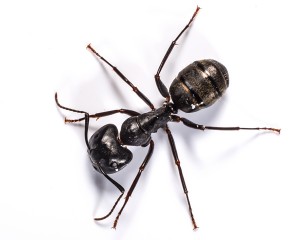 Spring is officially here and with it comes one of the most persistent warm-weather pests—ants. America’s number one nuisance pest will invade homes across East Tennessee in search of food. While most species present problems in people’s pantries and kitchens, some species can deliver painful bites while others inflict property damage. According to a survey from the National Pest Management Association (NPMA), more than half of consumers list ants as their top pest concern.
Spring is officially here and with it comes one of the most persistent warm-weather pests—ants. America’s number one nuisance pest will invade homes across East Tennessee in search of food. While most species present problems in people’s pantries and kitchens, some species can deliver painful bites while others inflict property damage. According to a survey from the National Pest Management Association (NPMA), more than half of consumers list ants as their top pest concern.
As most homeowners know, ants are especially drawn to the kitchen and their sheer numbers can be daunting alarming to see. Little black ants are most likely to invade East Tennessee homes this spring. However, eliminating food sources can help keep them at bay.
Of all the U.S. ant species, carpenter ants and fire ants pose the most risks for homeowners. Carpenter ants excavate wood in order to build their nests, which can compromise a home’s structural soundness, and fire ants in the southern US and California can inflict painful stings in high numbers that can cause anaphylactic shock in about 2 percent of the population.
How To Protect From Ants
Although ants can be difficult to control once they have entered a home, the following preventative measures can play a major role in helping to avoid infestations:
- Wipe up crumbs and spills immediately
- Store garbage in sealed containers and remove from the home frequently
- Keep food packages closed or sealed and store products in air-tight containers
- Avoid leaving food out on the counter or pet food out on the floor for long periods of time
- Repair holes or gaps in window and door screens
- Seal cracks and holes on the outside of the home including entry points for utilities and pipes
- Keep tree branches and shrubbery well-trimmed and away from the house
- Replace weather-stripping and repair loose mortar around basement foundation and windows
With more than 700 species of ants in the U.S., many of which create huge colonies, prevention is the key to an ant-free home.
